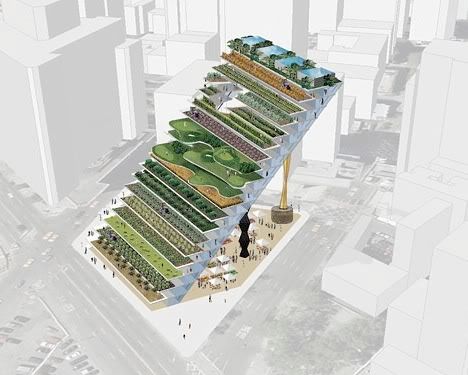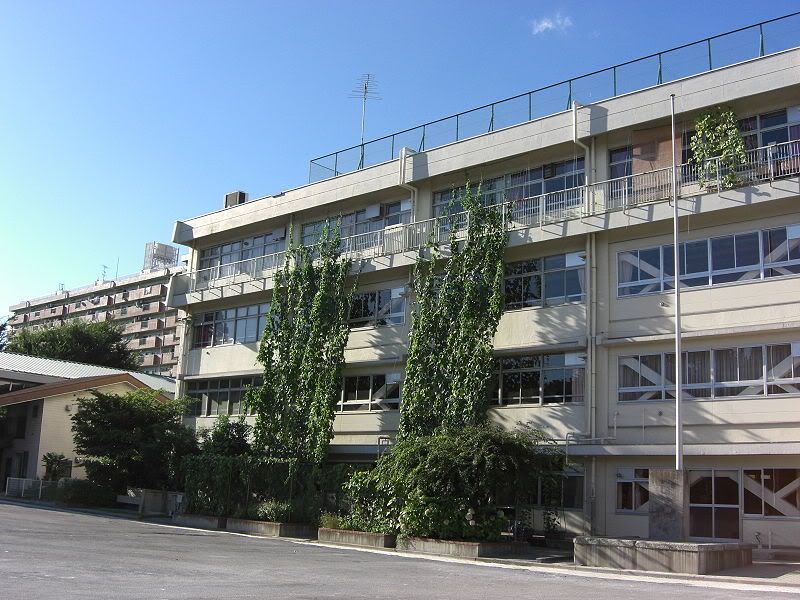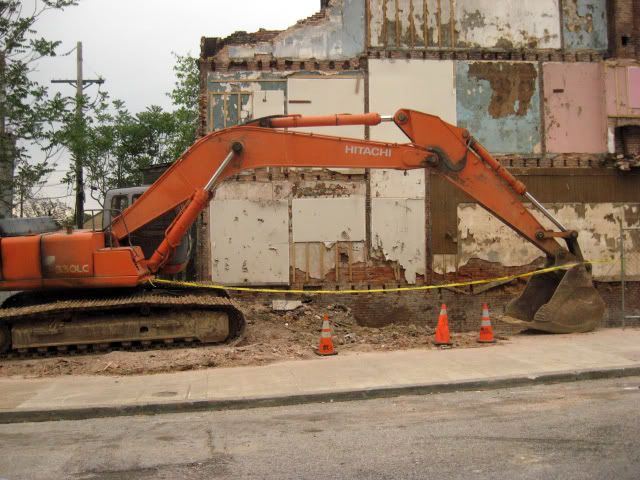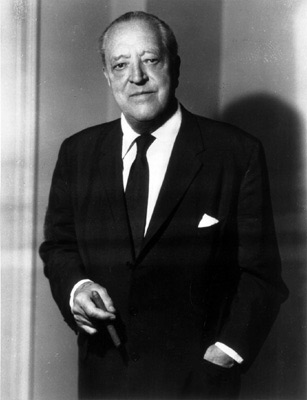According to the article, there is quite a cornucopia under way, including:
rhubarb, cucumbers, acorn squash, cabbage, lettuce, peppers, kale, sweet corn, red mustard greens, leeks, swiss chard,kohlrabi, beets, sweet potatoes, celery, cherry tomatoes, radishes, carrots, onions, eggplant,zucchini and various herbs!
Woah!
In fact, I've been noticing quite number of small vegetable garden patches popping up this spring. In the Charles Village neighborhood of Baltimore, where I live, Ive seen 5 or more blocks with at least one 'font yard' garden--a small vegetable garden in a space which last year was lawn.

[image from revivevictorygarden.org.]
The famous Obama vegetable garden, ( I couldn't believe this was wikified,-- god bless Wikipedia!) would like to claim some credit as the agitator of the recent bloom of unique-space vegetable gardens, but I think it's just as likely the souring economy as anything--so come to think of it, I guess that means Bush gets the credit.
Anyway, regardless of why, it's clear that when people have more free time and less money, gardening, especially in urban environments, makes sense.
As for the Baltimore veggie gardens, from a purely economic viewpoint, using public space to grow food for impoverished people (as will be done with the Baltimore crop) is most likely inefficient.
Paying city workers to tend small, mixed plots can never be as cost effective as, for instance, buying vegetables wholesale for distribution at food banks. But while this would be cheaper, it would probably be neither encouraging sustainable or organic agriculture, nor a departure from the generic 'script' for using city space and money.
Mayor Sheila Dixon hopes that the Baltimore vegetable gardens will "show that...an urban environment...can still maintain healthy eating."--which is important, yes--but I think whats most notable about the project is that it shows dramatically how urban space can be put to innovative uses.
Courtyards, empty lots, parking decks could offer the city more than bland expanses of eyesore. They could offer engagement-- and purpose.

[A variation on the urban vertical farm, a "farmscraper" (image from treehugger.com.) ]
Community gardens, allotment gardens (both of which can be found in Baltimore), green roofs, green walls and even extreme implementations like guerrilla gardens (is that what these are called?) and farmscrapers are all transformative uses for urban space which make environments aesthetically pleasing (by including growing life), useful, edible and engaging--in short, livable.

[A green wall made of melon plants at the Itabashi Primary school in Tokyo. (from Wikipedia)]
In the past month I've noticed two of the tiny lawns on my block have been torn out and replaced with small vegetable gardens, and I think it's a good sign.
Small private patches, community projects and municipal projects all engage the city in different ways, on different scales, but they make the city a more interesting place to be.
-G





